Piano is a gorgeous instrument with a melody that is second to none. It has a simple layout that can be easily memorized. That means you can start playing it right away.
But why do people find it difficult to master the Piano? The reason lies in its simplicity. It is the piano's simplicity that requires you to master techniques and theories. And, how do you learn these techniques and theories? You learn them through piano exercises.
So that's what we are going to talk about here. We are going to talk about the must-know piano exercises for beginners.
These exercises will help you build speed, dexterity, some knowledge of music theory, and ways you can progress faster in your journey to become a virtuoso.
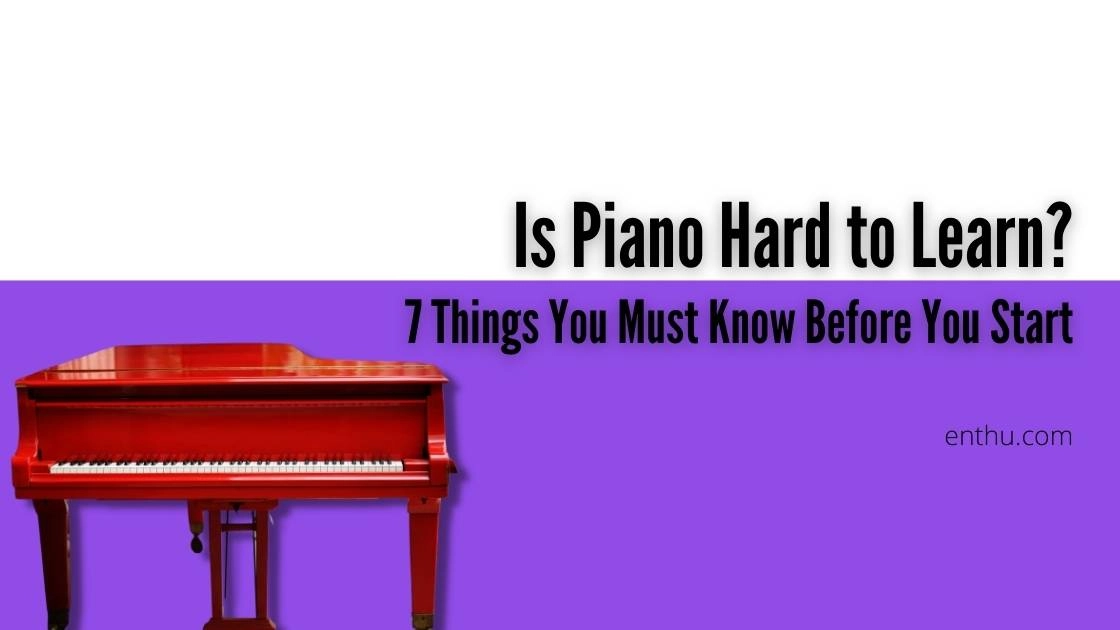
Why Exercise?
No matter what you try to learn, be it a new instrument or a new skill, or a new subject, the fastest way to learn is through exercises. The piano is no exception to this fact.
Just as physical exercise builds muscles, exercising techniques build skills and foundation. And as a beginner, there is nothing more effective than piano exercises to master the instrument.


Things to Keep in Mind While Doing these Exercises
1. Start Slow
One of the most important things to keep in mind while exercising or playing is that to play very fast, you have to start very slow. YES, That’s the only key! Once you build muscle memory, you can run your fingers like they are flying on the board.
2. Never Get Wrong
It would help if you practice slow and steady, as slow as you want, but ensure you are practicing the right thing. You need not revise or learn how to write, right? Because muscle memory is hard to unlearn. And you don’t want to feed your muscle the wrong memory.
So, you have to be extra careful while practicing. Keep a sharp eye on your practice sessions. Make sure you are not hitting the wrong note, wrong techniques, or wrong finger positioning. But don’t beat yourself up because it is part of the learning process. Now let’s see a few piano exercises for beginners.
11 Must-Know Piano Exercises For Beginners
1. Five Finger Scale
It’s the most basic exercise you can practice. Practice it in C major on your keyboard or piano. Go from C to G while hitting every note with your five fingers…1st finger on C 2nd on D, and so on. Go very slow when you are starting with it.
Once you get the hang of it, start practicing a bit faster and increase speed once you are comfortable at a slower one. If you want to be good at piano, try practicing the same exercise for both left hand and right hands.
2. Major and Minor Chords
There are different types of chords in the piano world if you dive deep. But as a beginner, it might get a tad bit too overwhelming. So start with the basics: the major chords and the minor chords.
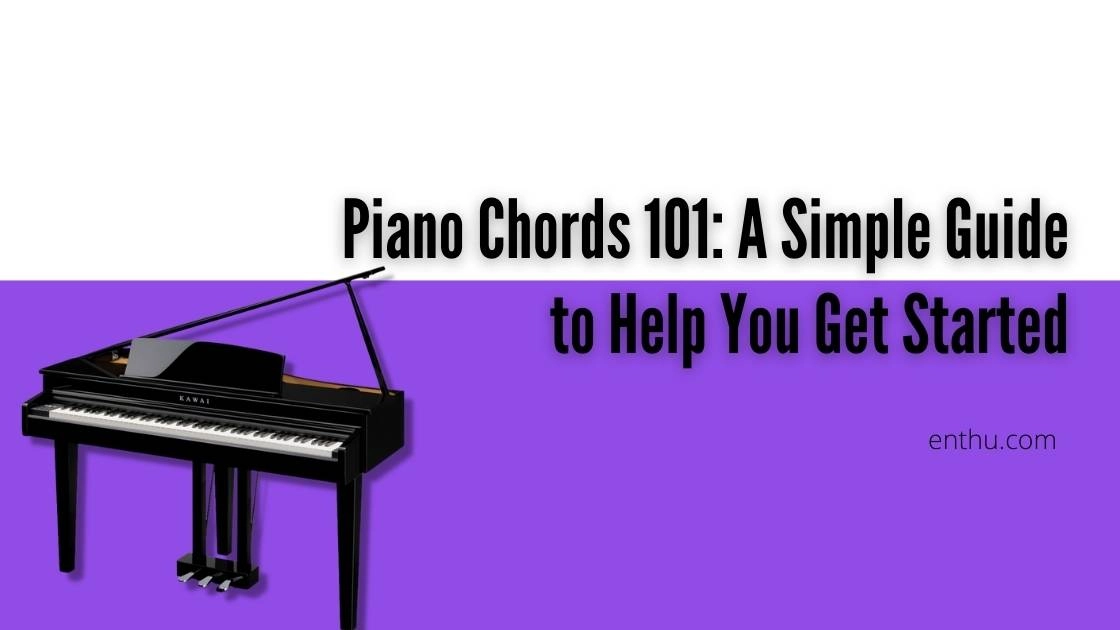
Major chords are the most used chords. These are made of a root note, a major third, and a perfect fifth. Generally, the major chord tone gives off a happy vibe.
Example: A Major, C Major, D major, etc. Quite the opposite to the major chords, the Minor chord tone gives off sad/serious/gloomy chords. Minor Chords consist of a root note, a minor third, and a perfect fifth.
Example: F minor, G minor, E minor, etc. These basic chords are called a Triad or a third-note chords since they have three components. These are the most basic and relatively easy to master. Once you know these, you can play almost any pop song.
3. Sight Reading
Sight-reading is a bit advanced and requires you to know a little music theory. It is the art of reading and performing a musical piece without previous knowledge, insight, or rehearsal of the music pieces. You are essentially viewing a musical piece in a sheet music form.
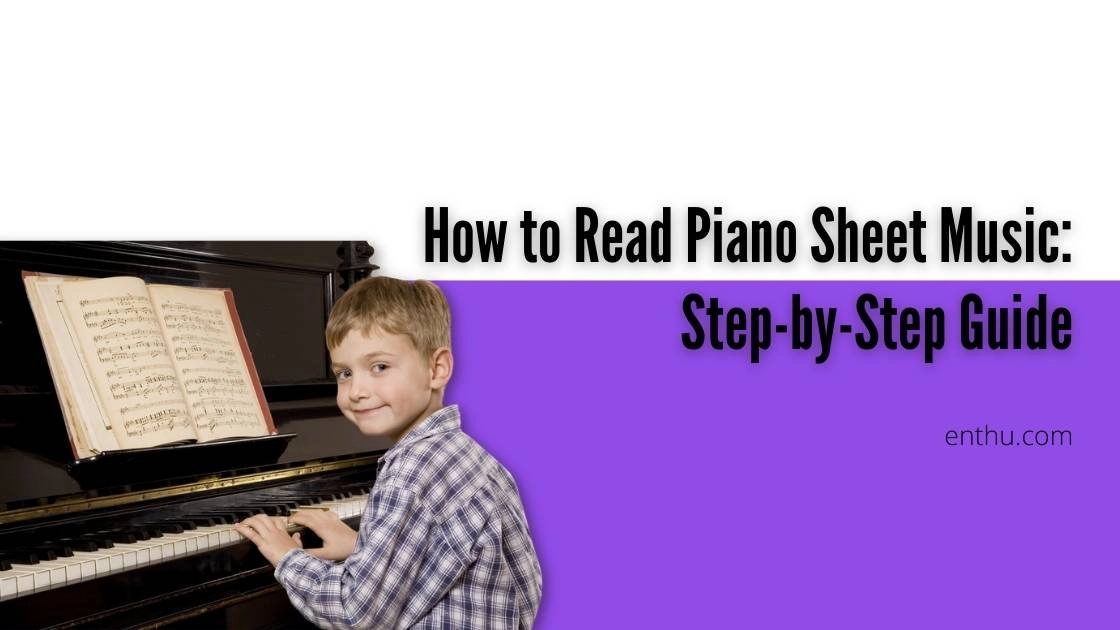
This sheet music is prepared with something called a grand staff notation. Though this skill is advanced, you can always start with simple melodies to get comfortable with reading the compositions.
Start by choosing your favourite songs and find their grand staff notations on the internet. You can also find them on youtube if you want to follow along with someone. Check out Grand Staff in Piano: Know Your Music Theory to learn more about the grand staff.
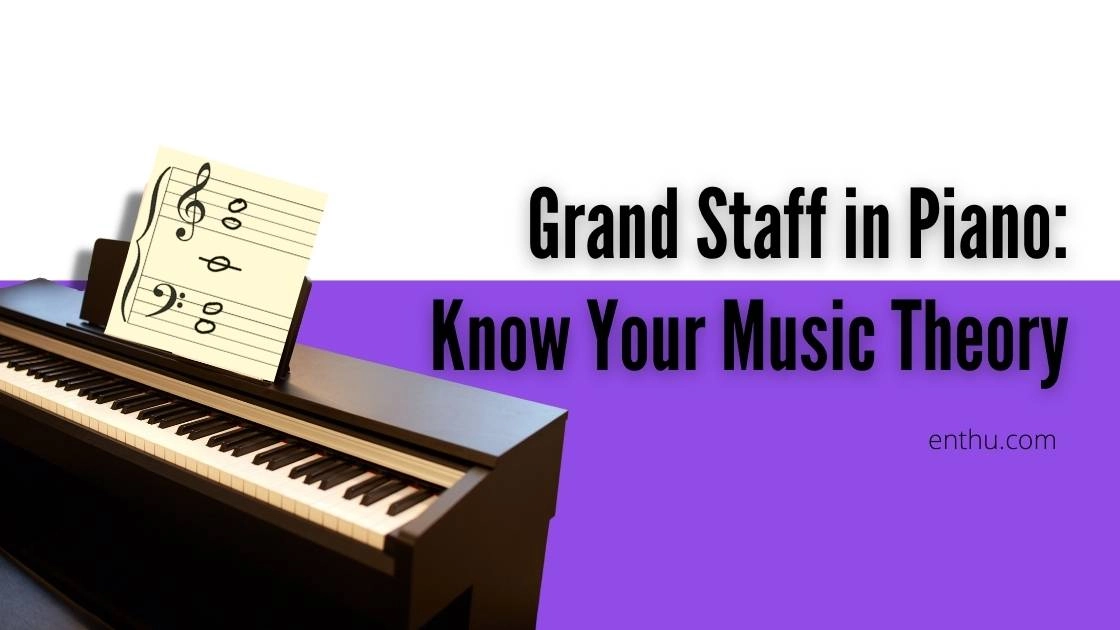
4. Shadow Playing
As discussed in the previous section, you can follow along with someone. So, the easiest way to do this is to work with an instructor or play along with youtube videos.
There are tons of options you can explore. Shadow somebody, pay attention to their hand movement, and copy them. Sooner or later, you’ll become familiar with hand positioning and postures.
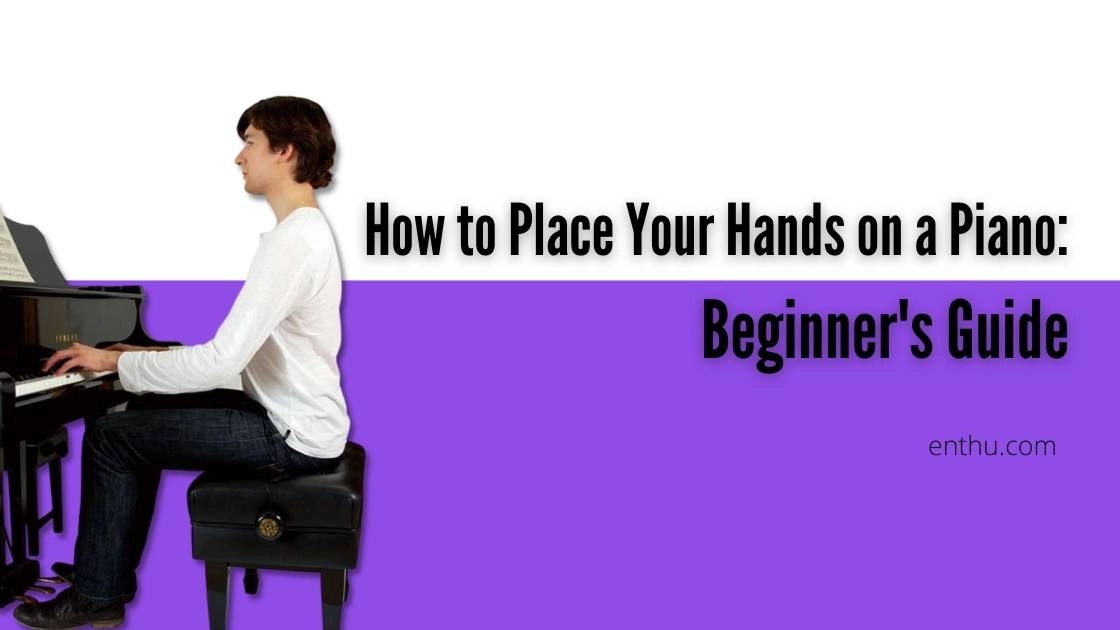
5. Hand Independence
The independence of hand is probably the most challenging exercise for any beginner. Since the brain is not used to both your hands performing two different activities simultaneously, it will need some training.
Your brain needs to perform asymmetrical activities if you hope to master the piano. Even the most elite pianists and virtuosos have spent hours perfecting this skill.
Take a look at this tutorial; it will show you how to dissociate your hands through an exercise that works on chords on the one hand and arpeggios on the other hand.
6. The Full Scale
This can be considered the next level of the five-finger scale exercise. It is slightly more complicated than the five-finger scale because of what is known as a ‘thumb tuck.’ Switching thumb is one of the main obstacles most beginners feel in the way of their playing fast piano journey.
So, in this exercise, you will immediately flex your thumb under your palm after finishing the second note. It’s a bit tricky, which is why you need to practice it…, but after a few practice sessions, you will be smooth at moving your thumb.
It would help if you saw that you are not turning your arm or palm while playing the third note, and you will only get that through practice. So don’t stop in the middle if things get a bit difficult; keep it slow, and you’ll be fine.
Check out EnthuZiastic piano classes for a personalized piano learning experience.
7. Contrary Motion Scale
You want to train your dexterity, power, and independence of hands. Practice raising a scale with the right hand and lowering the same scale with the left hand.
To begin this exercise, you must put your two thumbs on a common key on the piano. Let’s take middle C, for example. Put your two thumbs on this key.
With your right hand, go a note up with your following fingers, making the thumb tuck after your middle finger has pushed E to finish your full scale. Do the same thing with your left hand, but go a note down every time.
And as for your right hand, your left hand will make the thumb tuck after your middle finger has pressed the A to finish your full scale. Once you finish the whole scale with both hands, you scale up with your left hand and down with your right hand. The objective is to return to the original place with your two thumbs on middle C.
8. Clap and Tap
Not just piano, but any musical composition has one common fundamental thing: rhythm. This is taught to you if you take music lessons in school or take private lessons; the first step is to master rhythm.
Because let’s be honest, anybody can play the keys, but that’s not impressive, and that doesn’t make music. You want to hit the keys at the right moment and intervals to produce beautiful music. One way to practice this is by listening to melodies and clapping your hands to the beats.
Some people also tap their feet while playing the piano to keep track of the tempo. But there is another, more efficient way to do this: using a metronome.
A metronome is a perfect device to train for tempo and rhythm during the learning process. You can adjust the metronome’s beats per minute to suit your speed. This can be a great way to train for agility and build dexterity.
9. Repetition Exercise
You can use all these aspects and create a routine that you can practice over and over and over again. Until you, you can play without ever looking at the white keys. And there happens to be a saying, “the best way to learn is to do it.”, so don’t just think of doing things, actually do them.
10. Improvisation
This may seem difficult for a beginner, but that is not the point we are trying to cover here. Just enjoy the piano; try playing melodies out of your memory.
Improvisation does two things
It will help you familiarize yourself with the instrument and its kinks.
The more you do this, the better understanding of notes you will get.
You may know note names, but it will mean nothing if you don’t know what the notes sound like or what emotion they might invoke. You will build different types of thought processes that can help you learn faster.
As I said, the more you play around, the better the pianist you will be. All virtuosos were first piano enthusiasts; they didn’t choose piano only because it has benefits; but also because it is fun.
And even if you don’t replicate something exactly like it is, it’ll still sound like you are playing jazz music or classical music.
11. Sitting Postures and Hand Positions
One of the secrets for beginners to becoming pro pianists is being able to sit for a long time. This might not seem like an exercise, but it is essential. If you can sit longer, you can practice longer and play longer.
A proper sitting position will ensure no strain on your lower body and shoulders. You should have a clear view of the sheet music and the keyboard in front of you. The same goes for hand placement.
As a beginner, you won’t be familiar with the discomfort that comes with stretching your palms to reach a pair of white keys or a pair of black keys that might be in a different octave.
It would help if you placed your hands on the piano so that there is no tension in the wrist, you curl your fingers, and your hands should be in a straight line parallel to the ground. For more details, read How to Place Your Hands on a Piano: Beginner’s Guide.


Conclusion
In conclusion, the journey of blogging offers endless opportunities for creativity, connection, and growth. Whether you're sharing your personal experiences, providing valuable insights, or building a community around a shared passion, each blog post has the power to make an impact.
Remember to stay consistent in your content creation, engage with your audience, and continuously refine your craft. As you navigate your blogging path, embrace the learning experiences and celebrate your achievements, no matter how small. Happy blogging!
FAQs
1) Can I teach myself piano?
Yes, you can teach yourself how to play the piano. You can access various online resources, like public forums and YouTube, to help you learn the basics. But if you want to progress much further, you should hire an instructor and take piano lessons.
2) What should I practice first as a beginner in piano?
All beginner piano players should start their piano journey by learning major and minor scales.
3) What is the best way a beginner can learn piano?
The best way would be to hire a piano tutor to take piano lessons. A piano teacher can walk you through all the thick and thin of the world of piano. A pro pianist will point out your mistakes and assist you in correcting them promptly.

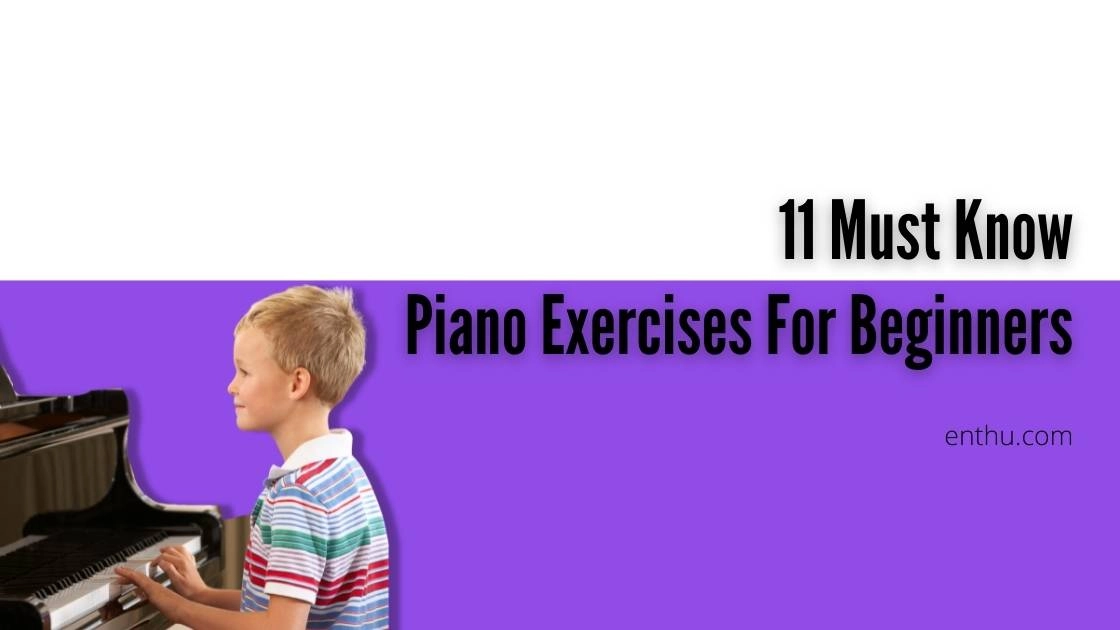
Comments